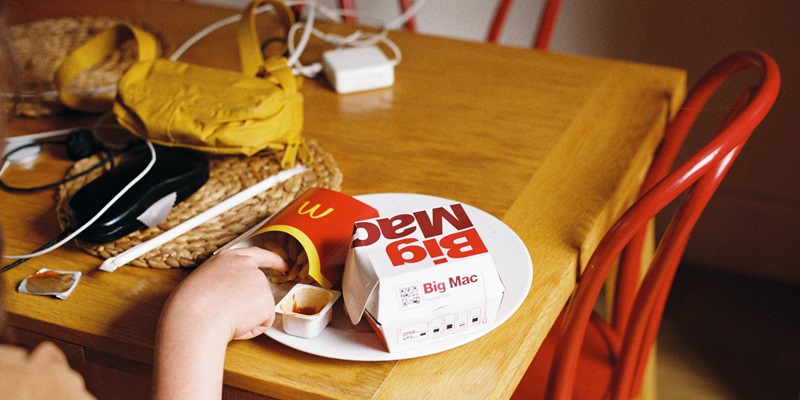Restaurant Industry Experiences a Setback in Digitization as Digital Engagement In an era where digital technologies are transforming various industries, the restaurant industry seems to be taking a step back in its journey towards digitization. According to a recent study by PYMNTS Intelligence, while digital engagement across industries grew by 2.4% year over year, the restaurant category witnessed a decline of 0.1% in digital engagement. This unexpected setback raises concerns about the industry’s ability to keep up with evolving consumer preferences and demands.
Findings of the study
The study revealed an overall growth in digital engagement across sectors but highlighted the restaurant industry as the only category with declining digital engagement. This decline suggests that restaurants, despite being an integral part of people’s daily routines, are struggling to fully leverage and adapt to digital platforms.
Examples of restaurant brands’ digital engagement
Chipotle, a popular fast-casual chain, has experienced a shift away from its e-commerce channels. While the company had initially invested in these channels to cater to customer preferences for online ordering and delivery, recent data shows a decline in their digital engagement. This shift calls into question the effectiveness of their digital strategy and the need for further innovation.
On the other hand, McDonald’s has seen its digital engagement on the rise. During a call with analysts discussing its third-quarter earnings results, the quick-service restaurant giant reported an increase in its loyalty membership base. In its six top markets, McDonald’s loyalty membership grew to an impressive 57 million, an increase of 5 million from the previous earnings report. Clearly, McDonald’s has been successful in elevating its digital experience, which has resulted in increased customer connection and incremental visits.
McDonald’s Success in Digital Engagement
The success of McDonald’s digital engagement can be attributed to its continuous efforts to enhance the customer experience. By staying connected and offering innovative digital features, the company has been able to attract customers who might otherwise have chosen to dine elsewhere. As McDonald’s stated, “By continuing to elevate the McDonald’s digital experience, our customers feel more connected to the brand, driving those incremental visits that we believe would otherwise go uncaptured, and it gives us more ways to reunite with customers who haven’t visited us in a while.”
Differential Impact on Restaurant Brands
While McDonald’s has been flourishing in the digital space, other restaurant brands are feeling the shift more intensely. Digital channels accounted for slightly less than 37% of food and beverage revenue in the last three months for Chipotle, down from 38% the previous quarter and 39% in the first quarter. This decline in digital revenue signifies the urgent need for restaurants to invest in digital innovation and enhance their digital strategy to meet customer expectations and remain competitive.
The study’s findings shed light on the importance of digital innovation in the restaurant industry. As consumers increasingly demand convenient and seamless digital experiences, restaurants must prioritize digital strategies to keep up with evolving trends. The onus is on restaurant brands to invest in technologies, such as mobile ordering, loyalty programs, and personalized marketing campaigns, to cater to customers’ preferences. Failure to do so could result in a loss of market share and decreased customer loyalty.
In conclusion, although digital engagement across industries continues to grow, the restaurant industry is experiencing a setback. By recognizing the shift in consumer behaviour and investing in digital innovation, restaurants can adapt, thrive, and meet the digital expectations of today’s customers. It is crucial for the industry to catch up and embrace the digital revolution to remain relevant in a rapidly evolving marketplace.

